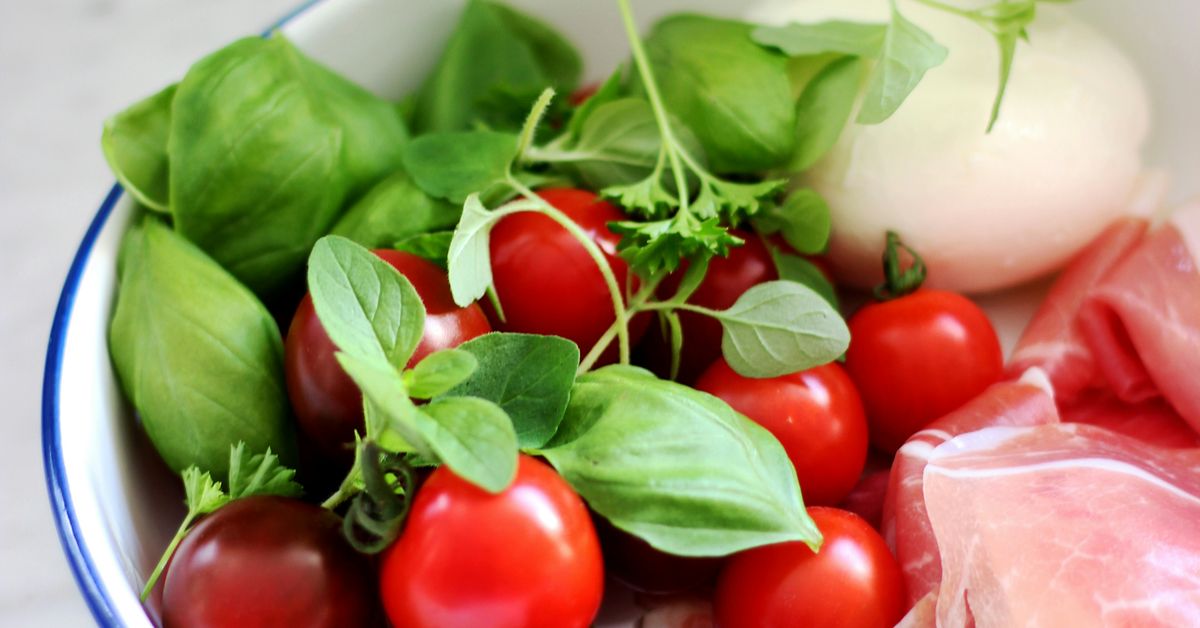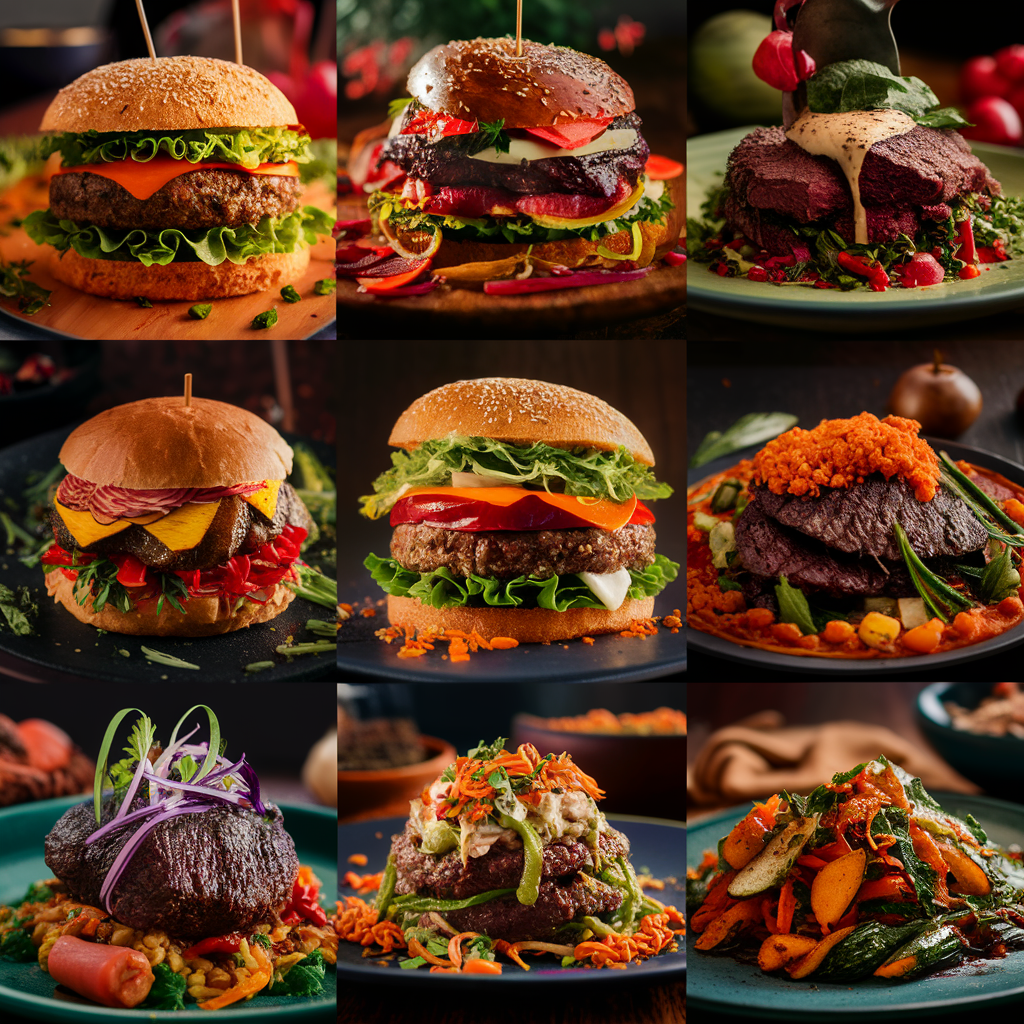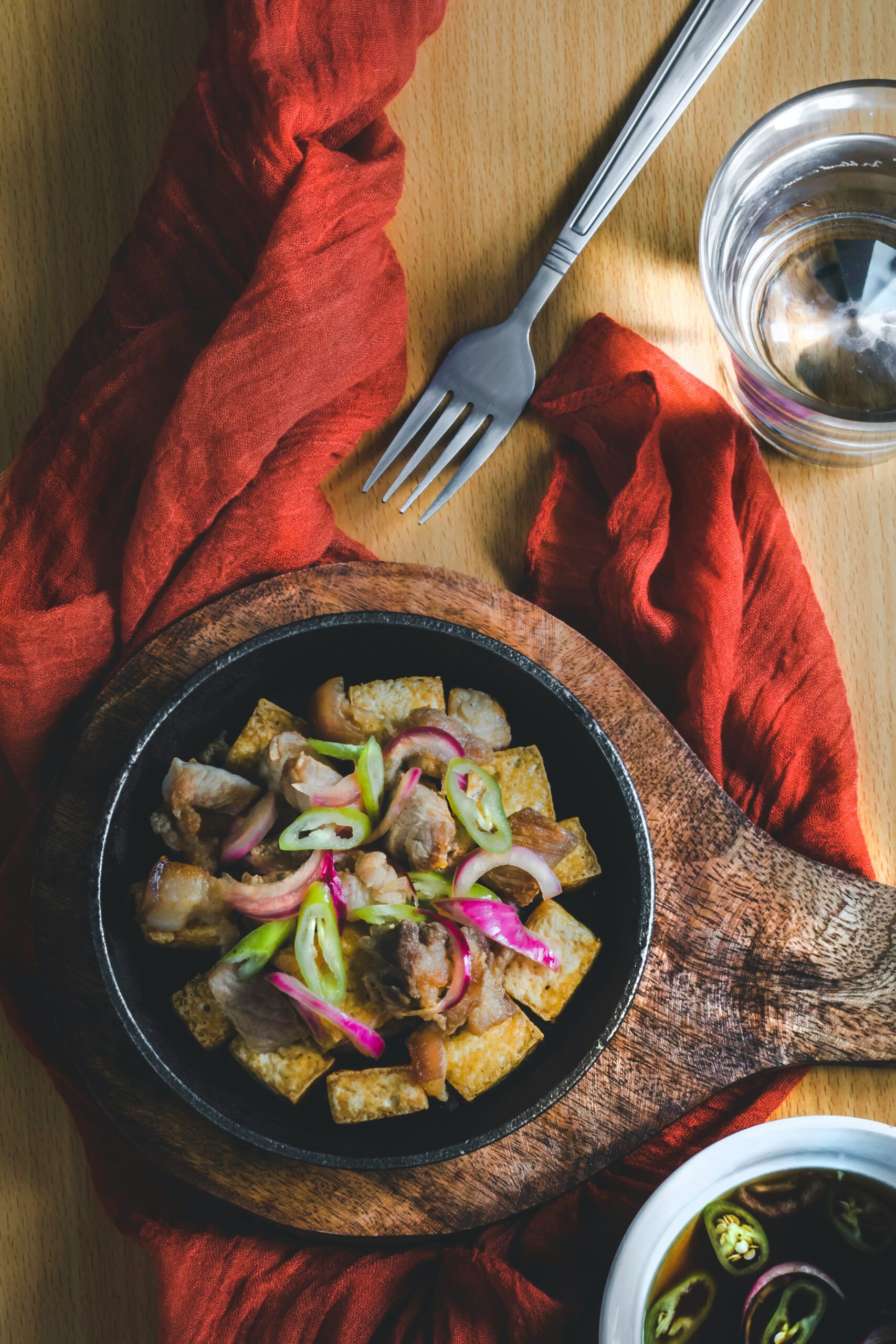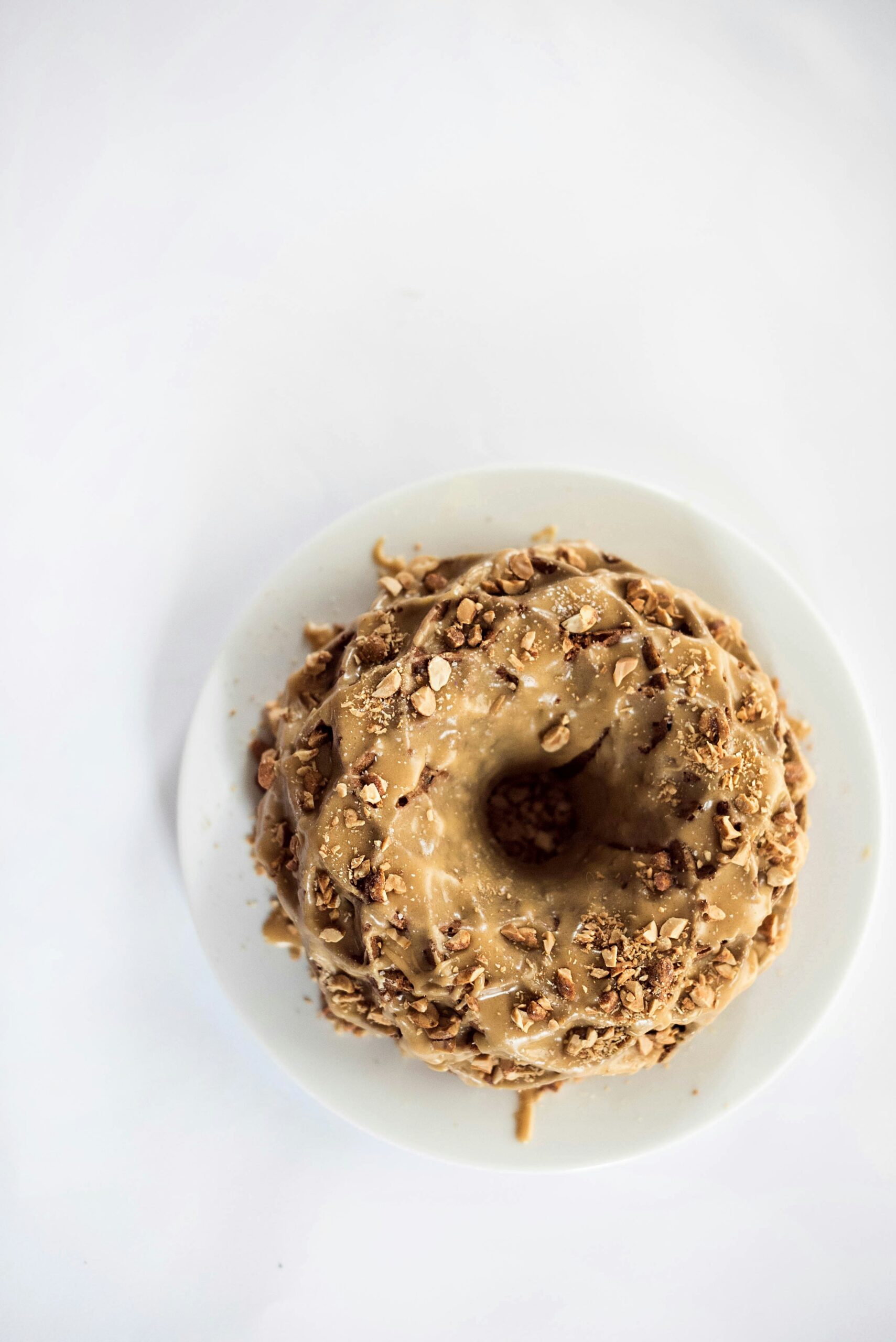Unlock the Proven Techniques That Will Change How You Cook Forever!
The aroma of a home-cooked meal wafting through the air is a delight that many cherish. However, if you’re like me, you may have found yourself overwhelmed by the plethora of cooking techniques available. It’s almost as if there’s an unspoken competition among home chefs—who can master the most obscure methods or the latest trends? In this article, we’ll explore proven cooking techniques that can transform your culinary experience, making it simpler, more enjoyable, and dare I say, even a bit fun.
The Art of Mise en Place
Let’s kick things off with one of the most fundamental yet often overlooked techniques: mise en place. This French term translates to “everything in its place,” and it’s a mantra that can elevate your cooking game to new heights. Imagine stepping into a kitchen where all the ingredients are prepped, measured, and ready to go—sounds dreamy, right?
When I first learned about mise en place, I was skeptical. Sure, it sounds great in theory, but would it really make a difference? After a few chaotic cooking sessions where I found myself scrambling for ingredients mid-recipe (not to mention the frantic search for that one elusive spice), I decided to give it a shot. Suddenly, my cooking became more organized and less stressful.
Steps to Implement Mise en Place
Here’s how you can incorporate this technique into your routine:
- Read the Recipe: Before you begin, ensure you understand the recipe and its steps.
- Gather Ingredients: Collect all ingredients and tools you’ll need. This might mean measuring out spices, chopping vegetables, or even prepping sauces.
- Organize Your Workspace: Arrange your ingredients in the order they will be used. This simple act can save you from a cooking fiasco!
By dedicating a few minutes to getting organized, you’ll find that cooking flows much more smoothly. Plus, it gives you a chance to appreciate the ingredients you’re working with—like those vibrant bell peppers that are just begging to be sautéed.
Embrace the Power of Seasoning
Now, let’s talk about seasoning. It’s a topic that can spark endless debates among chefs and home cooks alike. Some might argue that salt is the most important seasoning, while others swear by pepper or herbs. But here’s the thing: mastering the art of seasoning can truly transform your dishes.
Remember that time you followed a recipe to the letter, and yet your dish fell flat? Perhaps it was lacking that crucial seasoning touch. It struck me that seasoning is akin to the magic dust of cooking—it can turn an ordinary dish into something extraordinary. The key is to season throughout the cooking process, not just at the end. This allows flavors to develop and meld beautifully.
Seasoning Tips to Elevate Your Cooking
Here are some tips to help you harness the power of seasoning:
- Salt Early and Often: Don’t wait until the end to salt your dish. Adding salt at various stages allows the flavors to develop.
- Experiment with Fresh Herbs: Fresh herbs can elevate a dish’s flavor profile dramatically. Try adding them towards the end of cooking to preserve their brightness.
- Don’t Forget Acid: A splash of vinegar or a squeeze of lemon can brighten and balance flavors. It’s like giving your dish a little wake-up call.
Seasoning can be a bit of an art form, and it might take some trial and error to find your perfect balance. But trust me, the journey is worth it. Just think of it as a culinary adventure!
The Importance of Cooking Techniques
Now, let’s dive deeper into specific cooking techniques that can revolutionize your kitchen experience. A significant number of amateur cooks seem to struggle with techniques like sautéing, braising, or roasting. But fear not! With a little guidance, you’ll be on your way to culinary mastery.
Sautéing: The Quick and Flavorful Technique
Sautéing is one of the quickest cooking methods, and it’s perfect for weeknight meals. It involves cooking food quickly in a small amount of fat over relatively high heat. I remember my first sautéing experience, and boy, was it a revelation! The way the vegetables caramelized and developed that beautiful golden color—it was like a symphony of flavors in my mouth.
To sauté effectively, keep these points in mind:
- Preheat the Pan: A hot pan ensures your food cooks evenly and prevents sticking.
- Don’t Crowd the Pan: If you add too much food at once, it will steam rather than sauté. Give each ingredient its space to shine!
- Use the Right Oil: Choose oils with high smoke points, like canola or grapeseed oil, for sautéing.
Once you master sautéing, you’ll find yourself whipping up delicious meals in no time. Just think about all those quick stir-fries you can create—healthy, colorful, and oh-so-satisfying.
Braising: The Slow-Cooked Flavor Explosion
If sautéing is the quick and lively dancer, then braising is the slow and sultry partner. This technique involves cooking food slowly in a small amount of liquid, making it perfect for tougher cuts of meat that require time to become tender. The beauty of braising is that it develops rich, deep flavors that are simply irresistible.
As I recall the first time I braised a beef chuck roast, the smell that filled my kitchen was nothing short of intoxicating. After hours of simmering, the meat practically fell apart. It was a magical moment, one that solidified my love for this cooking method.
Steps to Braise Like a Pro
Ready to give braising a try? Here’s a simple method to follow:
- Brown the Meat: Begin by searing the meat in a hot pan to develop a rich crust. This is where the flavor begins!
- Add Aromatics: Onions, garlic, and herbs can elevate your dish. Toss them in after browning the meat.
- Deglaze the Pan: Pour in some wine or broth to lift those delicious brown bits stuck to the pan. This step adds depth to your sauce.
- Cover and Cook: Add your liquid (enough to partially submerge the meat), cover tightly, and cook low and slow. You can use an oven or stovetop—both work wonders.
Braising is forgiving, allowing you to enjoy the process without the fear of overcooking. It’s perfect for those days when you want to set it and forget it—just don’t forget to check on it occasionally!
Roasting: The Simple Perfection of Dry Heat
Ah, roasting—one of the simplest and most effective cooking techniques. Roasting utilizes dry heat to cook food evenly, creating that coveted crispy exterior while keeping the inside juicy. I still remember the first time I roasted a chicken. The skin was golden brown, and the aroma was heavenly. It was as if I had unlocked a secret door to the culinary world.
Roasting Tips for Success
Here are some tips to ensure your roasting endeavors yield delicious results:
- Preheat Your Oven: Always start with a preheated oven for even cooking.
- Use a Roasting Rack: Elevating your food allows hot air to circulate, resulting in an evenly cooked dish.
- Don’t Rush It: Give your food the time it needs to caramelize and develop a rich flavor. Patience is key!
Roasting is versatile—whether it’s vegetables, meats, or even fruits, you can achieve incredible results. Plus, the leftovers are usually a delightful bonus!
Understanding Cooking Times and Temperatures
When it comes to cooking, timing and temperature are crucial. Misjudging either can lead to disaster (think rubbery chicken or mushy veggies). A significant number of home cooks often rely on vague estimates or gut feelings, which can lead to unfortunate surprises. Understanding cooking times and temperatures is vital for achieving consistent results.
Key Temperature Guidelines
Here’s a handy guide to some key internal temperatures for various proteins:
- Chicken: 165°F (74°C)
- Pork: 145°F (63°C)
- Beef (medium rare): 130°F (54°C)
- Fish: 145°F (63°C)
Investing in a reliable meat thermometer can take the guesswork out of cooking. It’s a small tool that can have a massive impact on your culinary success. No more undercooked or overdone meats—just perfectly cooked, juicy goodness!
Cooking with Confidence: The Mindset Shift
At this point, you might be thinking, “This all sounds great, but what if I mess it up?” That fear of failure can be a significant barrier to enjoying the cooking process. I get it—cooking can feel intimidating. But here’s the thing: cooking is about exploration and creativity, not perfection.
Shifting your mindset from seeing cooking as a chore to viewing it as a creative outlet can be liberating. Embrace the idea that mistakes are part of the journey. Some of the best recipes are born from happy accidents! Remember that even the most seasoned chefs have had their share of kitchen disasters.
Building Confidence in the Kitchen
Here are a few tips to help build your cooking confidence:
- Start Simple: Begin with easy recipes and gradually challenge yourself.
- Cook Regularly: The more you cook, the more comfortable you’ll become.
- Celebrate Your Successes: Take time to appreciate your achievements in the kitchen, no matter how small.
Before you know it, you’ll be whipping up meals with confidence, and your friends and family will be singing your praises (or at least complimenting your latest creation!).
Final Thoughts: Your Culinary Journey Awaits
As we wrap up this exploration of proven cooking techniques, remember that cooking is an ever-evolving journey. The techniques discussed today—mise en place, seasoning, sautéing, braising, roasting, and understanding temperatures—are just the tip of the iceberg. Each technique has the power to change how you cook forever, making it more enjoyable and rewarding.
So, whether you’re a novice looking to learn the ropes or a seasoned cook seeking new inspiration, take these techniques to heart. Don’t be afraid to experiment, make mistakes, and discover your unique culinary style. Cooking is an art, but it’s also a science—so roll up your sleeves, get in the kitchen, and unlock the flavors and techniques that will change how you cook forever!
And who knows? You might just impress yourself (and your dinner guests) with your newfound skills. Happy cooking!




